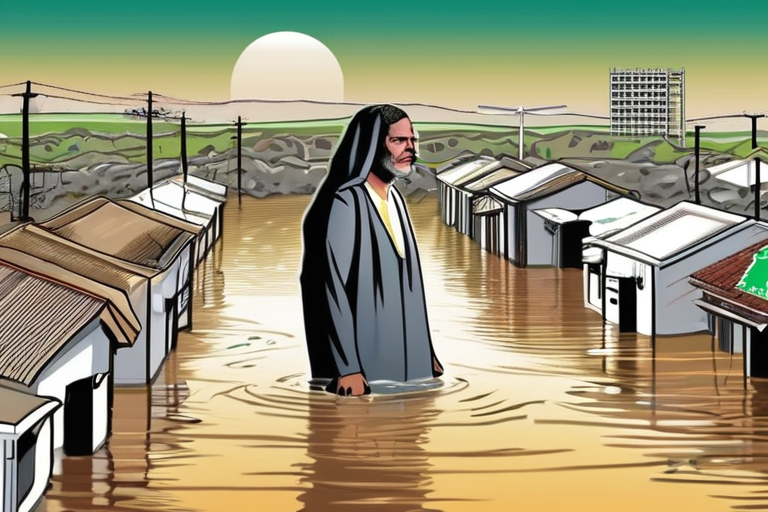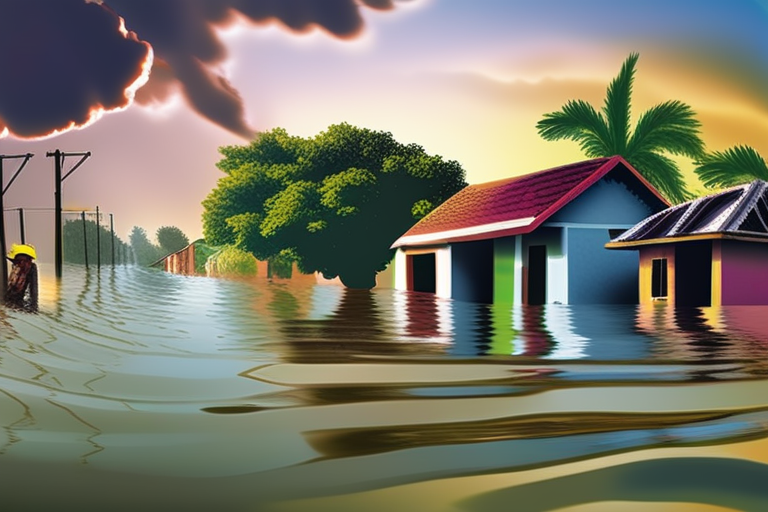Floodwaters Know No Borders: India and Pakistan Must Unite Against Climate Change


Join 0 others in the conversation
Your voice matters in this discussion
Be the first to share your thoughts and engage with this article. Your perspective matters!
Discover articles from our community

 Hoppi
Hoppi

 Hoppi
Hoppi

 Hoppi
Hoppi

 Hoppi
Hoppi

 Hoppi
Hoppi

 Hoppi
Hoppi

Afghan Returnees Struggle Amid Economic and Climate Crises HERAT, Afghanistan - As the sun sets over the Islam Qala border, …

Hoppi

BREAKING NEWS Pakistan's Climate Change Minister Slams "Crisis of Justice" Amid Devastating Floods Islamabad, Pakistan - September 19, 2025 - …

Hoppi

Punjab Floods: Devastating Consequences for India's "Food Basket" DELHI, INDIA - August 10, 2023 - The north Indian state of …

Hoppi

play videoplay videoVideo Duration 27 minutes 45 seconds play-arrow27:45Hundreds of people are dead and millions affected.Read morePakistan has been hit …

Hoppi

India and Pakistan's Indus Water Dispute Remains Unresolved NEW DELHI, India (August 27, 2025) - The long-standing dispute between India …

Hoppi

Nations Deliver New Climate Targets Ahead of UN Climate Summit New York, September 24, 2025 - In a bid to …

Hoppi